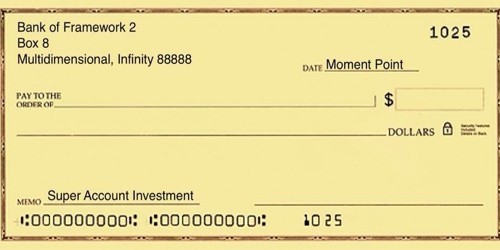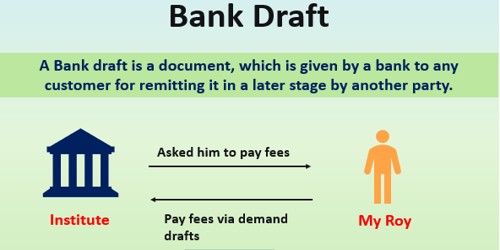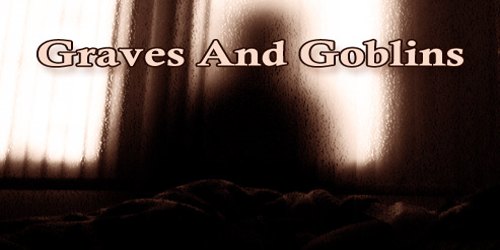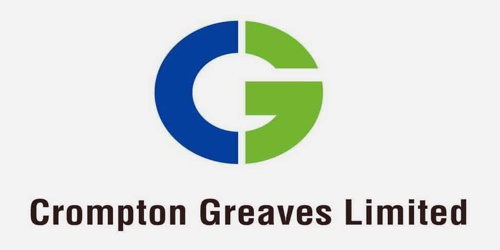Blank Cheque
It is a cheque on which -the amount of money payable in not mentioned by the drawer. It is a signed cheque with the amount left for the payee to fill in. It is kept blank to be filled in by the payee. It is a cheque that has been signed but does not yet have the amount of money written on it. In the literal sense, it is a cheque that has no monetary value written in but is already signed. Cheque writers are advised to specify the amount of the cheque before signing it.
In the case of cheque the following five details are required
- the date of the cheque,
- the name of the payee,
- the amount in words,
- the amount in figures,
- the signature of the drawer.
The payee can fill up the date as and when the cheque is presented for collection. The payee can fill up the amount in words and figures. The recipient can fill in the amount for whatever they want and cash it or deposit it in their own account, assuming that there are actually sufficient funds in the account to cover it.
A cheque is a printed form, used instead of money, to make payments from your bank account. Writing an amount in a blank cheque, without the authority of the signer, is an “alteration”. If someone is given a blank cheque, they are given the authority to do what they think is best in a particular situation. In finance, a “blank cheque company” refers to a company in development that has no specific business plan, such as a special purpose acquisition company. It can be a very dangerous financial instrument because anybody who gets a hold of these types of cheques can write a big amount of money for themselves; even if the cheque belongs to somebody else.
















